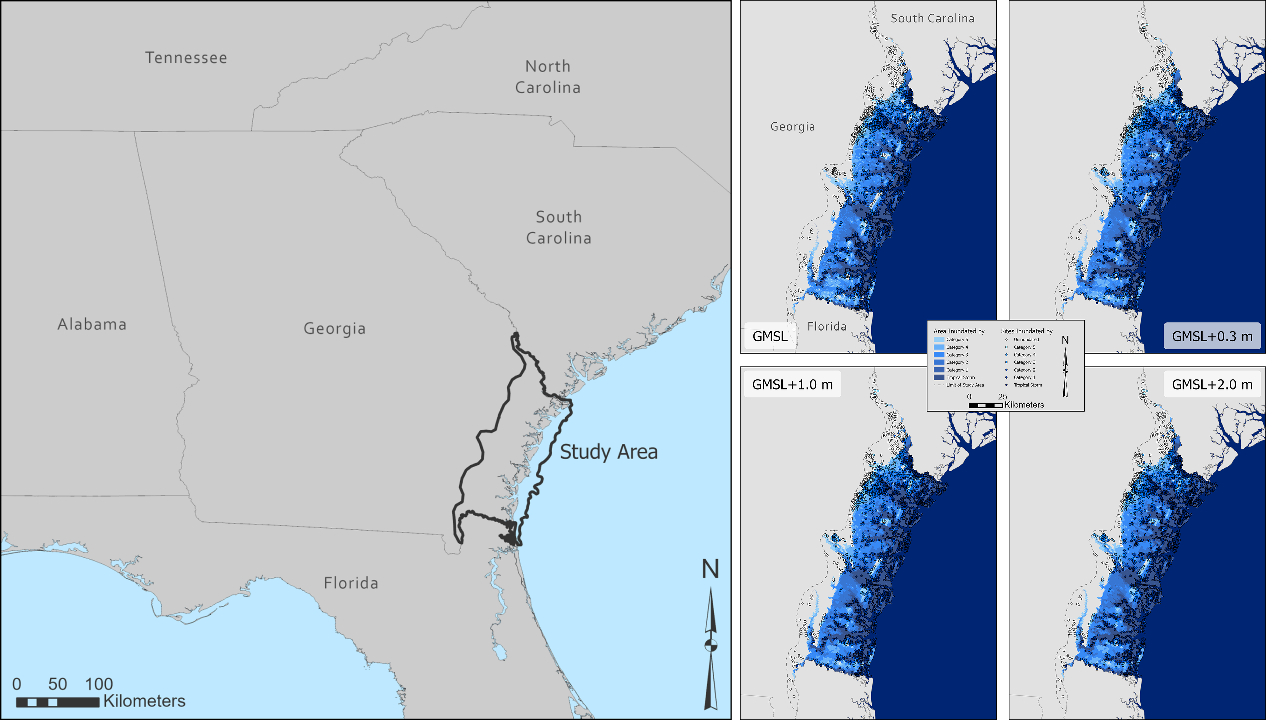
Thousands of historic and archaeological sites in Georgia are at risk from tropical storm surges, research says
Thousands of historic and archaeological sites in Georgia face the threat of tropical storm surges, with the risk expected to escalate due to climate change, according to a study published by Matthew D. Howland and Victor D. Thompson from Wichita State University and the University of Georgia in the journal PLOS ONE.
The research team used the Sea, Lake and Land Surge from Hurricanes (SLOSH) model developed by the National Weather Service to estimate storm surge risks along the coast of the U.S. state of Georgia.
Anthropogenic climate change poses a major risk to coastlines due to rising sea levels and increasingly severe tropical storms.
This risk threatens not only living populations but also historical and archaeological sites.

Conducted in Georgia's low-lying coastal plain, home to thousands of Native American cultural sites, historic colonial sites and more that represent the region's physical cultural heritage, this study underscores the importance of accounting for storm surge events along with rising sea levels.
The study reveals that more than 4,200 such sites are potentially at risk of being inundated by storm surge from a Category 5 hurricane at today's sea level.
By 2100, nearly 5,000 areas could be inundated by severe hurricanes and more than 2,000 could be threatened by even relatively weak tropical storms. These figures are more than 10 times the predictions of previous models that only took into account sea level rise.
Howland and Thompson hope these projections will help cultural heritage managers to facilitate conservation and mitigation efforts in Georgia, and note that a similar modeling approach could be applied to coastal environments around the world.
Source: Newsroom